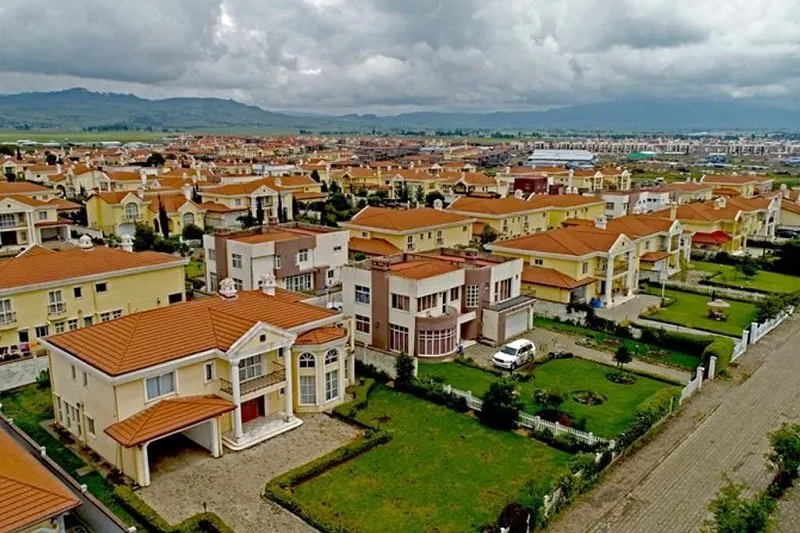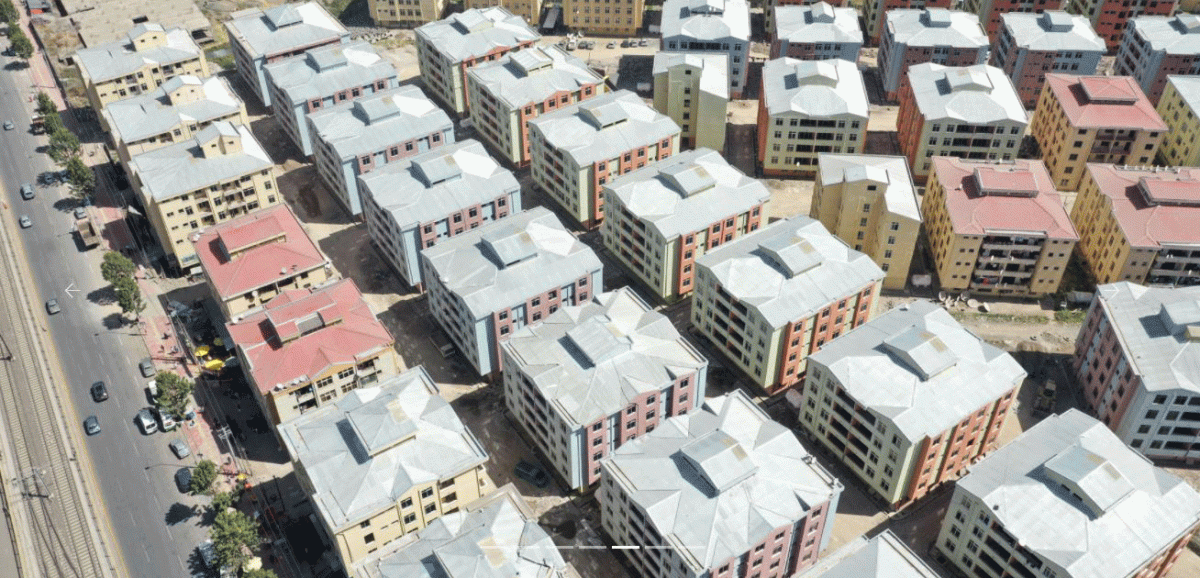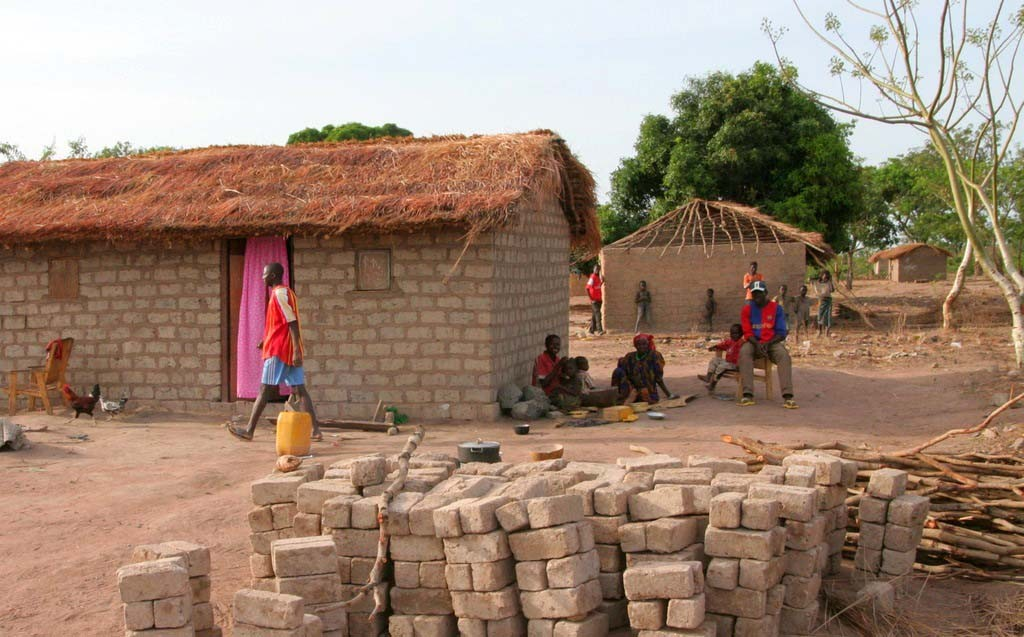Ethiopia has launched an ambitious $1.2 billion housing initiative aimed at addressing its growing urban housing deficit. This program is reshaping the market for Ethiopia housing investment in 2025. Here’s a full breakdown of what investors need to understand before entering or expanding in this evolving sector.
Massive Scale Meets Affordable Housing Goals
The government-led initiative targets construction of over 500,000 affordable housing units in major cities like Addis Ababa, Dire Dawa, and Bahir Dar. These projects are structured via public-private partnerships, offering both supply-side incentives and demand-side financing like low-cost mortgages. This scale marks a turning point for Ethiopia housing investment, turning housing from a constrained commodity into a scalable asset class.
Strategic Locations Set Stage for Growth
Key developments are concentrated in satellite towns surrounding Addis Ababa—including Oromia-regional urban extensions—where land is priced lower and urban sprawl is expanding. These zones offer strong potential for Ethiopia housing investment thanks to improved road access, utilities, and infrastructure. Developers and investors are targeting mixed-use estates as a means of combining affordable housing with retail and community facilities.
Financing and Return Potential
New financing models support Ethiopia housing investment, including soft loans, public subsidies, and mortgage schemes with down payments as low as 10%. Developers can access financing via government-backed institutions, while investors benefit from predictable rental demand and capital appreciation as urban centers densify. Early adopters of development in government-supported zones are expected to see strong return on equity within 3–5 years.
Emerging Investment Themes
Transit-Oriented and Mixed-Use Developments
Sites near Doraleh rail stations and planned expressways are emerging as premium corridors for Ethiopia housing investment. Mixed-use neighborhoods cluster residential units with retail plazas, schools, and recreational areas.
Build-to-Rent Residential Projects
Institutional investors are piloting build-to-rent blocks targeting middle-income professionals. Master-planned rental communities now represent a viable model for long-term steady returns in Ethiopia’s evolving housing economy.
Integration with Smart Urban Design
Some project designs include smart metering, solar water heating, and community water reuse systems. These features enhance utility savings and tenant appeal, aligning with the rising standards in Ethiopia housing investment spaces.
Key Considerations for Investors
- Understand regulatory dynamics: Local zoning and land use approvals differ across regions—especially around urban extension areas.
- Vet project partners carefully: Ensure credibility among partners in PPPs and housing finance entities.
- Plan for construction timelines: Delays are still common due to logistics and land clearances in some regions.
- Monitor currency and macro conditions: Inflation and forex volatility remain concerns, especially for foreign-funded developments.
Conclusion
Ethiopia’s $1.2 billion housing push marks a watershed moment for Ethiopia housing investment. Focused on affordability, scale, and urban expansion, the initiative unlocks unprecedented opportunity in key growth zones. From transit-linked estates to build-to-rent assets, investors have a range of themes to pursue.
To explore curated listings, project partners, and investment insights in Ethiopia, visit African Property Portal’s Ethiopia section.
Are you considering investing in Ethiopia’s evolving housing market? Share your insights or questions below—your experience can guide others toward smart Ethiopia housing investment decisions!




